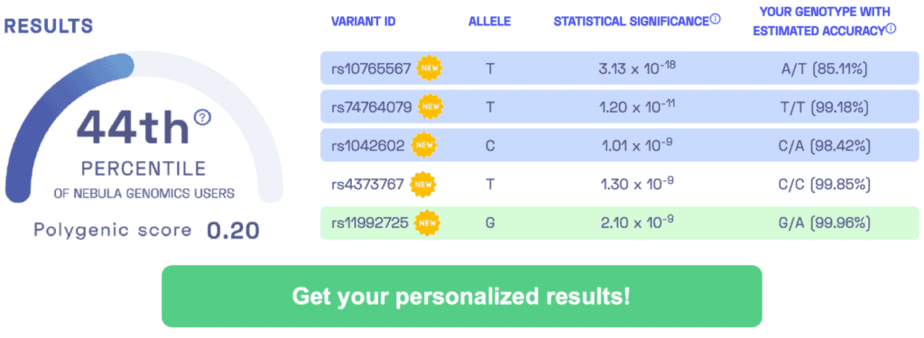STUDY TITLE: Genome-wide association study identifies variants at 9p21 and 22q13 associated with development of cutaneous nevi
SUMMARY: Identification of 2 genomic regions associated with the number of moles on the body.
OVERVIEW: Moles are pigmented skin lesions, usually developing during adulthood in sun-exposed areas of the skin. In most cases, moles are benign and don’t require treatment. However, sometimes they turn into skin cancer. The count of moles on the body is the strongest known risk factor for melanoma, a type of cancer that develops from pigment-producing cells. This study examined genetic predisposition to develop moles by examining the genomes of over 1500 individuals of European descent. The study discovered 2 genomic regions that are significantly associated with this trait. The genetic variants in these regions have also been directly linked to melanoma in previous studies.
DID YOU KNOW? Most people have 10 to 40 moles. They may change in appearance or fade away over time. Hormonal changes of adolescence and pregnancy may cause them to become darker and larger. [SOURCE]
SAMPLE RESULTS: Learn more about the Nebula Research Library.

STUDY-ASSOCIATED VARIANTS: rs4636294, rs2284063
ADDITIONAL RESOURCES:
Melanoma warning signs
The 4 stages of melanoma (Video)
WEEKLY UPDATE: April 28, 2020
Also, take a look at our Curology review!
